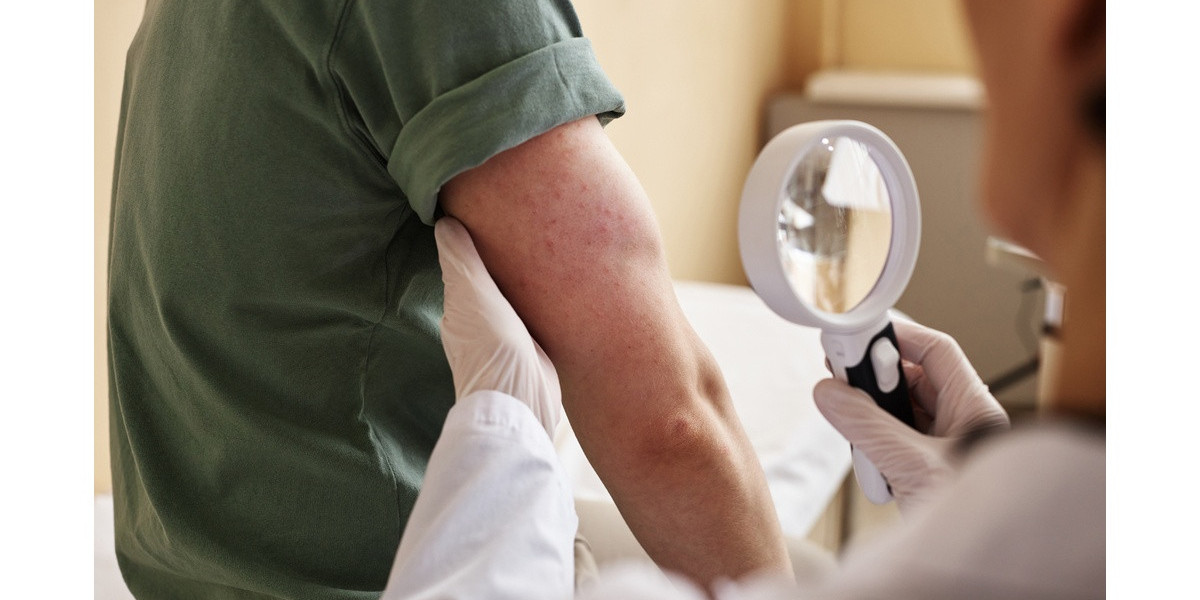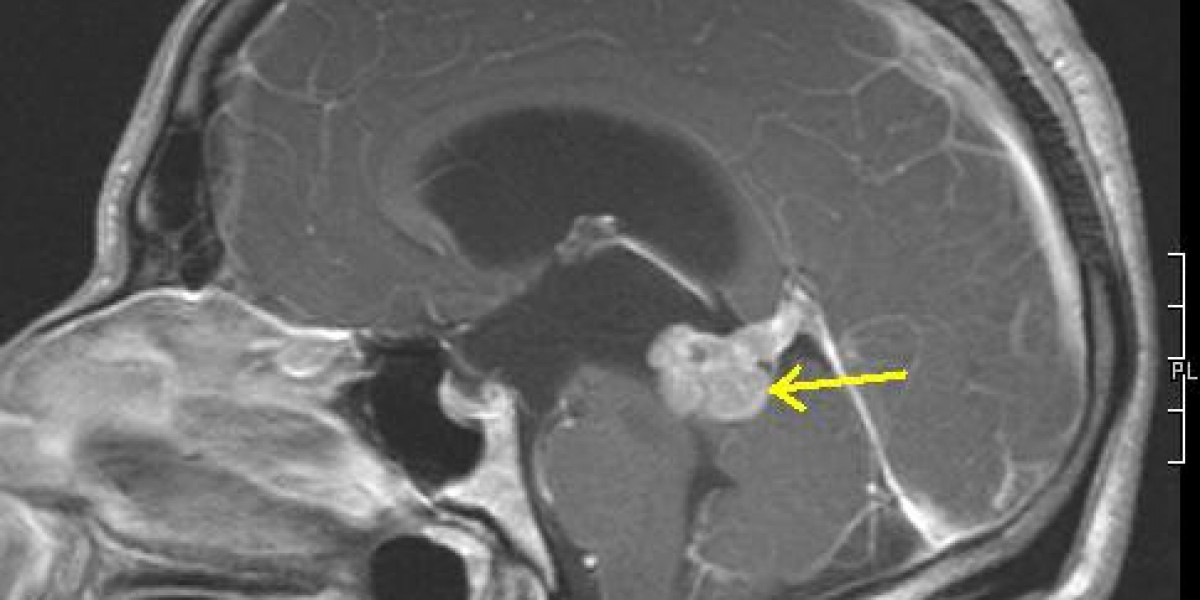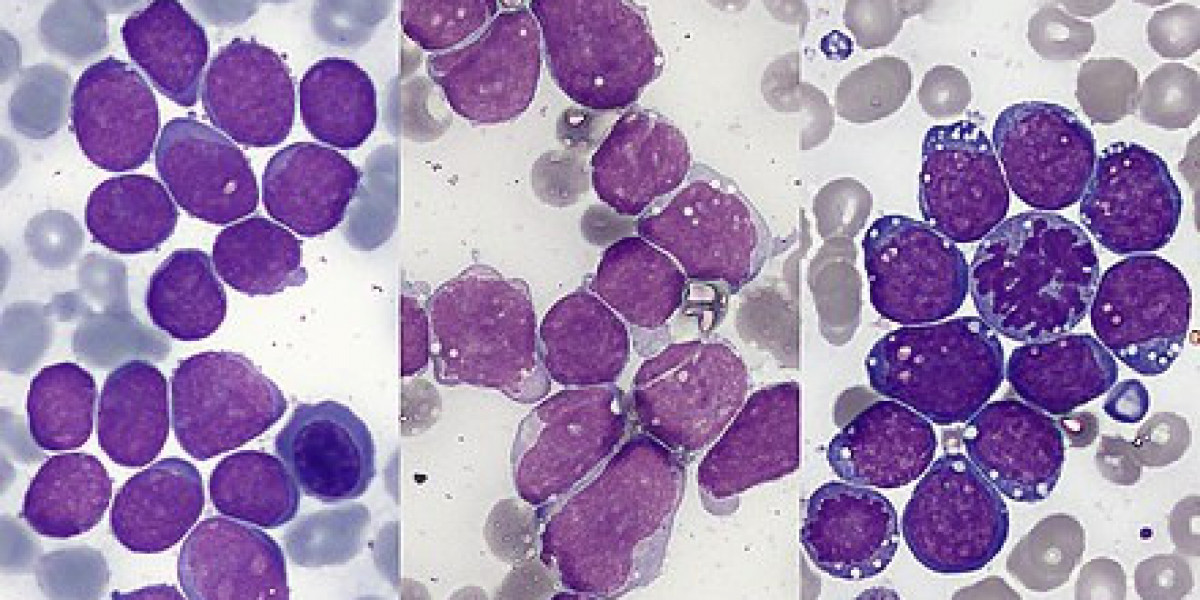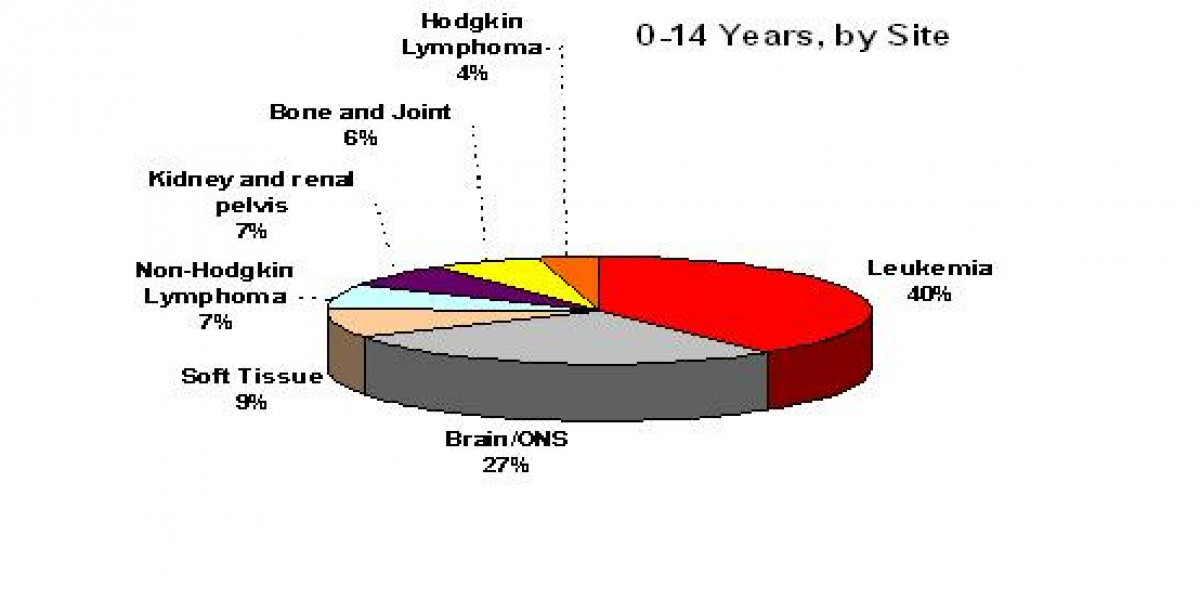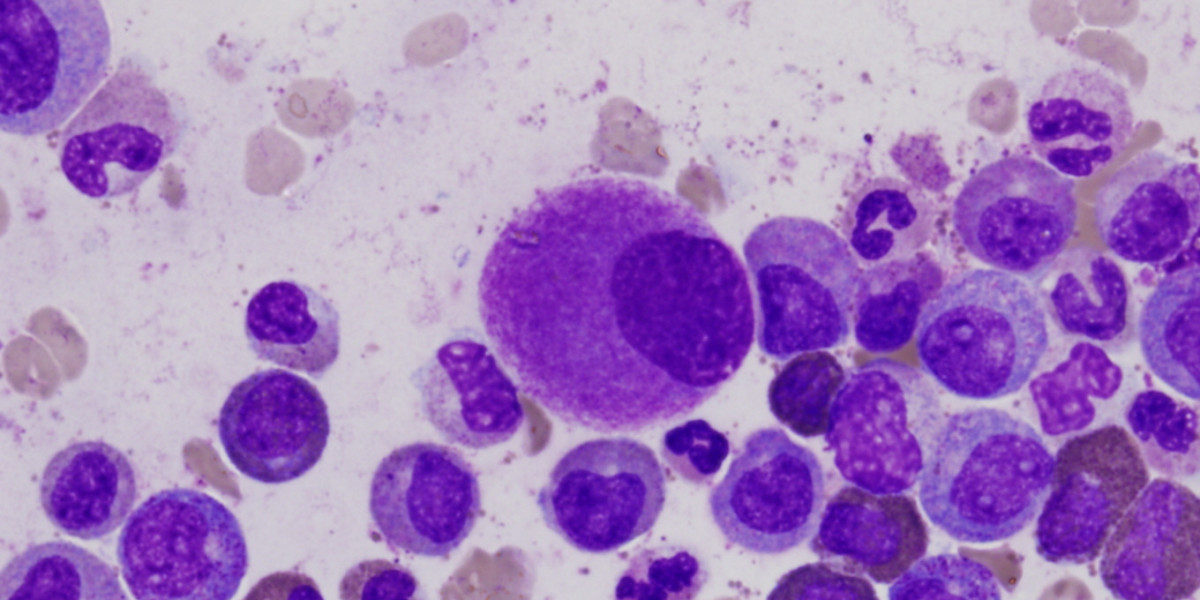Posted by: Skin And Cancer Institute in Skin Cancer
Squamous cell carcinoma (SCC) is the second most common type of skin cancer. The rate of SCC is on the rise, and over one million people in the United States are diagnosed each year.
It usually occurs on sun-exposed areas of the body, such as the face, neck, hands, and arms, but can occur anywhere on your body. SCC begins in the squamous cells, the thin, flat cells that make up the outer layer of the skin.
SCC can occur at any age, but it is most common in people over 50. People with fair skin are at a higher risk for developing this type of skin cancer, as are those who have been exposed to ultraviolet (UV) radiation, either from the sun or from artificial sources such as tanning beds.
Squamous cell carcinoma can also occur on parts of the body that have been damaged by other types of radiation. In rare cases, squamous cell carcinoma can develop in mucous membranes, such as the lining of the mouth or throat. People who smoke or chew tobacco are also at an increased risk for developing this type of cancer.
If you notice a firm, red bump on the skin, or a crusty or scaly patch, it might be squamous cell carcinoma. Cancer may also appear as a sore that doesn’t heal or as a rough, scaly patch that bleeds easily. If you notice any of these signs, you must see a dermatologist.
A biopsy is a typical way that SCC is diagnosed. A small tissue sample is taken from the suspicious area and examined under a microscope. The biopsy can be performed using various techniques, including a shave biopsy, punch biopsy, or excisional biopsy. Your provider might also use an imaging test like an MRI or CT scan to determine the size of the carcinoma and whether it has spread.
Once SCC has been diagnosed, treatment options will be determined based on the size and location of the tumor, as well as the patient’s overall health. Treatment for SCC typically involves surgery to remove the cancerous tissue. In some cases, chemotherapy may also be necessary. Other treatment options include Mohs surgery, photodynamic therapy, and cryosurgery.
Just like other types of cancer, SCC starts when healthy cells acquire mutations in their DNA. These mutations cause the cells to grow out of control and to continue living after healthy cells would die. The abnormal cells eventually form a tumor.
There are several things you can do to reduce your risk of developing SCC:
If you notice any changes in your skin, such as a new growth or a change in an existing mole, be sure to see a doctor right away.
Squamous cell carcinoma (SCC) is the second most common type of skin cancer. The Skin Cancer Foundation reports that more than 3.5 million skin cancers are diagnosed in the United States each year. That’s more than all other types of cancer combined. Skin cancer is also one of the most preventable types of cancer. The best way to reduce your risk is to avoid overexposure to ultraviolet (UV) rays.
While squamous cell carcinoma is a highly treatable form of cancer, it can still significantly impact a person’s quality of life. The most common treatment for SCC is surgery, which can result in scarring. Surgery may cause nerve damage in rare cases, which can lead to pain, numbness, or tingling in the affected area.
Chemotherapy is another option for treating squamous cell carcinoma, but it can cause many side effects, including nausea, vomiting, hair loss, and fatigue.
Although there are side effects for the treatment of squamous cell carcinoma, most people can lead normal, healthy lives after treatment.
Squamous cell carcinoma can be aggressive and spread to other parts of your body if not found and treated early. But, with early detection and treatment, SCC is highly curable. That’s why it’s essential to see a board-certified dermatologist or another healthcare professional if you notice any changes in your skin, including new growths or sores that won’t heal.
Call us to speak to a member of our patient service center.
Skin and Cancer Institute operates 40+ locations throughout California, Nevada, and Arizona! Our practices are conveniently located in and near major counties and cities such as Los Angeles , Las Vegas and Phoenix . Our practices offer a wide variety of dermatology services including skin cancer treatments and cosmetic procedures utilizing various types of lasers.
Copyright © 2025 Skin And Cancer Institute, All Rights Reserved.
Terms & Conditions | Privacy Policy | Accessibility Statement
Originally published on Skin & Cancer Institute: https://skinandcancerinstitute.com/signs-and-symptoms-of-squamous-cell-carcinoma/

